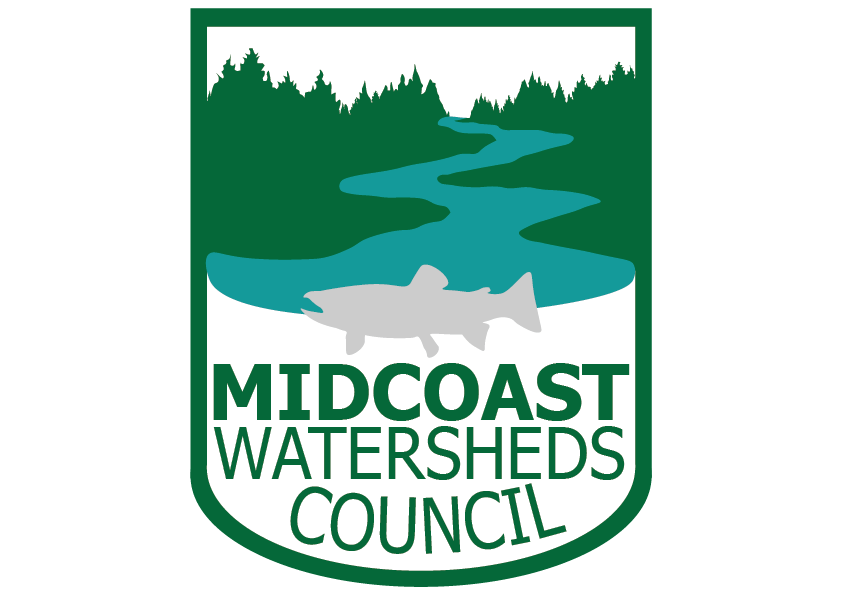JOIN MCWC'S COMMUNITY MEETING DECEMBER 2ND AT 6:30 PM
Estuaries are not only federally designated as Essential Fish Habitat, they’re a Habitat Area of Particular Concern (HAPC). The HAPC designation is for high priority areas for conservation, management, or research because they are important to ecosystem function, sensitive to human activities, stressed by development, or are rare. Habitat types within estuaries vary substantially and consist of either natural (seagrass, large woody debris, natural rock, etc.) or man-made structures. Research from OSU over the last two decades indicates that (1) the fish communities in Oregon estuaries are changing, and (2) natural estuary habitats, particularly seagrasses, play an outsized role in the feeding and growth of juveniles fishes, particularly in years of poor ocean conditions. Given that ocean conditions on the west coast are changing, maintaining healthy natural habitats may become even more important in the future.
Scott Heppell is an Associate Professor in the Department of Fisheries and Wildlife at Oregon State University. His interests include the physiological ecology and conservation of fishes, particularly how physiology, behavior, and life history traits affect the interactions between fish populations, their respective fisheries, and the environment. He has worked on bluefin tuna in the Atlantic and Mediterranean, on groupers throughout the tropical western Atlantic, on rockfishes in Oregon and Alaska, on sharks in the Adriatic, on forage fishes in the Bering Sea, and on salmonids in Japan and the high deserts of Oregon and Nevada. Scott serves on the Habitat Committee for the Pacific Fishery Management Fishery Council, is chair of the Science and Data Committee for the Pacific Marine and Estuarine Fish Habitat Partnership and is president of the Oregon Chapter of the American Fisheries Society. He teaches classes in Fishery Biology, Salmon Biology and Management, and Fish Physiology, plus an undergraduate, non-majors course called Food from the Sea, which explores the social, cultural, biological, environmental, and economic aspects how seafood ends up on our plates.
